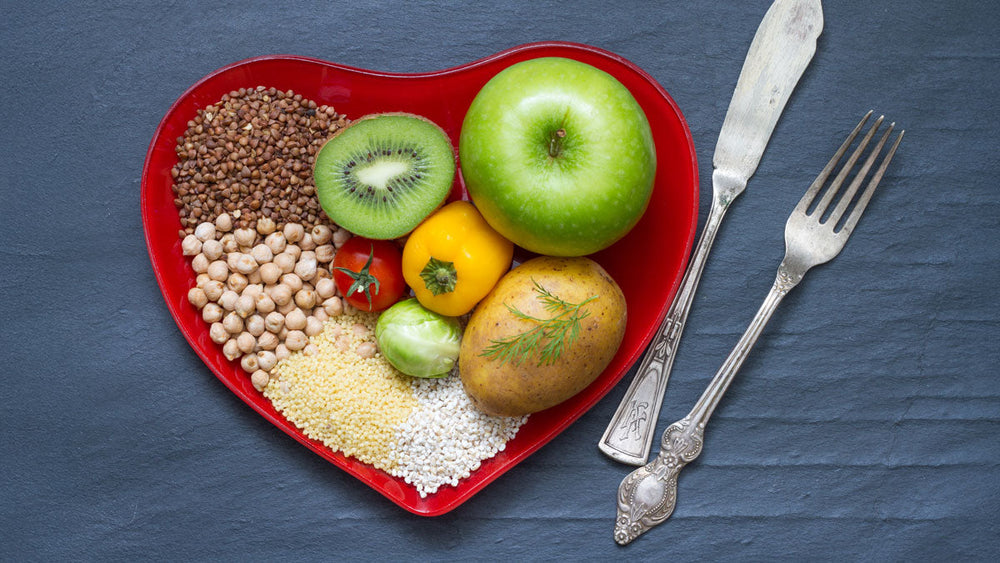Where does hunger come from?
Hunger is a primal drive – motivating the vital behavior of fueling our bodies. As evidence of hunger’s importance to survival is its complexity. The hunger we feel comes from the interaction of a whole array of chemical messengers that are released from various tissues throughout our bodies.
These messengers, a mix of hormones and neurotransmitters, act on receptors in various regions of the brain (Metabolism, 2017). The interaction between hormones or neurotransmitters and their receptors alters mood states and behavior, either increasing or decreasing the sensation of hunger.
Two of the important hormones that play a role in appetite regulation include Leptin and Ghrelin.
Leptin is a hormone that is produced by fat cells. Leptin gets its name from the Greek word, Leptos, which means “thin”. When released from fat cells, leptin acts on the brain to reduce the sensation of hunger and stop us from overeating. In a perfect world, leptin helps regulate the amount of body fat we carry, where a loss of fat mass would reduce leptin levels, prompting us to eat and gain body fat. Following which, leptin levels would increase and our hunger would dissipate.
Ghrelin is released from the stomach, and acts on the brain to increase the sensation of hunger to promote eating. Ghrelin levels increase when the stomach is empty, and promote the sensation of hunger. The most-common known genetic cause of life-threatening obesity is Prader-Willi Syndrome, in which patients suffer from abnormally high levels of ghrelin and a consequent ravenous hunger (Current Pediatric Reviews, 2019)
What to eat?
Modern conveniences are great, but they also present novel threats to health. With the relative ease of obtaining tasty, energy dense foods, we have an unprecedented rise of obesity in the developed world. Our hunger-sensing system is challenged by the modern abundance of high-calorie foods.
For example, the leptin system should prevent us from overeating - if we have higher levels of body fat, our leptin levels should rise and our appetite should be reduced. However, diets high in carbohydrates (particularly the sugars sucrose and fructose), and fat increase the risk of leptin resistance (Frontiers in Endocrinology, 2021 ).
Leptin resistance means that, despite having adequate levels of leptin in the bloodstream, the receptors for leptin are unable to sufficiently process it, so the sensation of satiety is not easily achieved.
The release of ghrelin is triggered by a lower volume of food in the stomach. Due to processing, many modern foods are softer and easier to chew and swallow at faster speeds compared to what our ancestors ate. Consequently, these foods pass through the stomach quickly and lead to higher ghrelin levels throughout the day. The result: we feel more hunger and eat more.
So what can we eat to counteract this? Two major food components that help us promote a feeling of satiety are protein and fiber. Protein plays a vital role in nutrition, serving as a building block for many vital components in our bodies as well as an energy source. Meat, eggs, fish and poultry are well-recognized protein sources, but vegetable sources of protein are also readily available.
Fiber aids digestion, provides bulk to our food and to our stools, and (soluble fiber) can improve our blood cholesterol levels. Fiber is found in whole grains, legumes, vegetables and fruits. Both protein and fiber are relatively slow to digest. Thus food remains in our stomach for a longer time, and the release of ghrelin is diminished (Food Science & Nutrition, 2022 ).
How to eat?
In two words: slow down! It is not just a matter of what you eat, but how you eat as well! Specifically, you have the ability to eat faster than it takes for the sensation of satiety to kick in. Unless you are actively trying to gain weight, you should not use this power! Eating slowly can raise the level of several other peripheral hormones (peptide YY, GLP-1) that promote satiety (Journal of Clinical Endocrinology and Metabolism, 2010) .
Beyond the role of hormones, there is also evidence that slowing your eating rate can simply raise your attentiveness to eating, causing greater consciousness of the act of eating and increasing satiety through that mechanism (Physiology & Behavior, 2015) .
We are capable of eating much faster than we need to. For perspective, world-champion eater Joey Chestnut can eat 76 hot dogs in 10 minutes (which contain enough calories to feed an average adult for 10 days). To avoid overeating, chew your food completely. Swallow each bite before you take the next. Put your fork down between bites. All of these strategies can prolong your eating time and increase feelings of satiety.
Summary
Hunger is complex, and though I mentioned two of the hormones responsible for regulating our level of hunger, they are only a glimpse into the complex regulation of this vital sensation. Research on the complex world of hunger and satiety is ongoing, and some of the chemical messengers that regulate our hunger responses have only been discovered within the last 10 years! My best advice on achieving satiety or managing hunger, based on what we know, is as follows:
- Eat high protein foods- meat fish, poultry, tofu, cottage cheese, yogurt, nuts
- Eat high-fiber foods – leafy greens, whole grains, vegetables, fruits
- Eat slowly- chew your food completely and swallow before taking another bite



















Comments
Carolyn
07/13/2022 at 09:23 AM
Awesome
Great ideas that work
Join The Conversation...